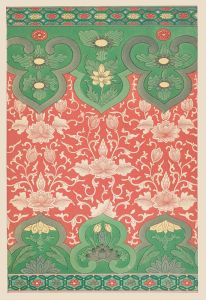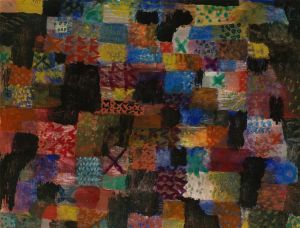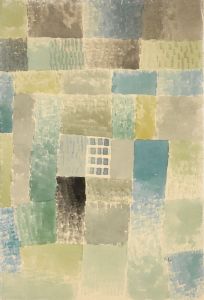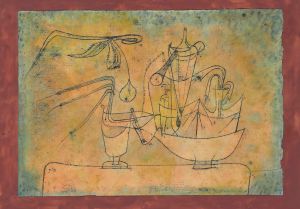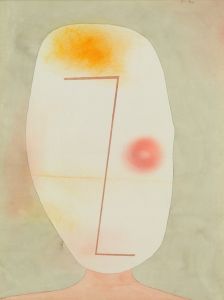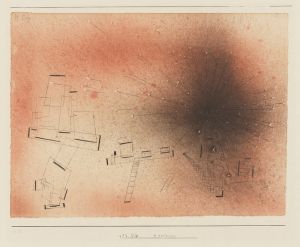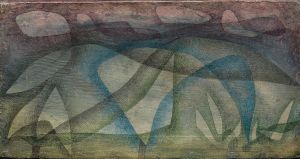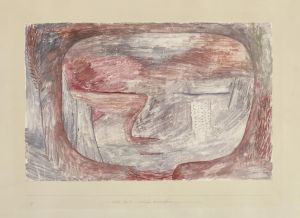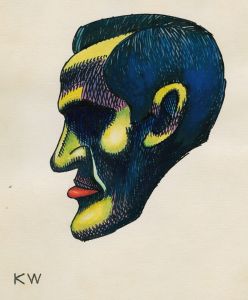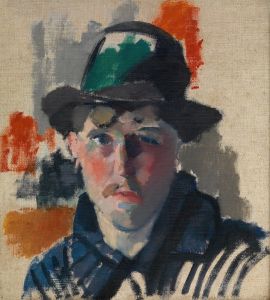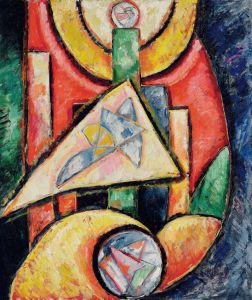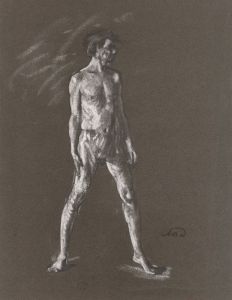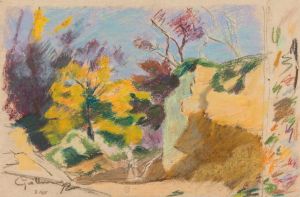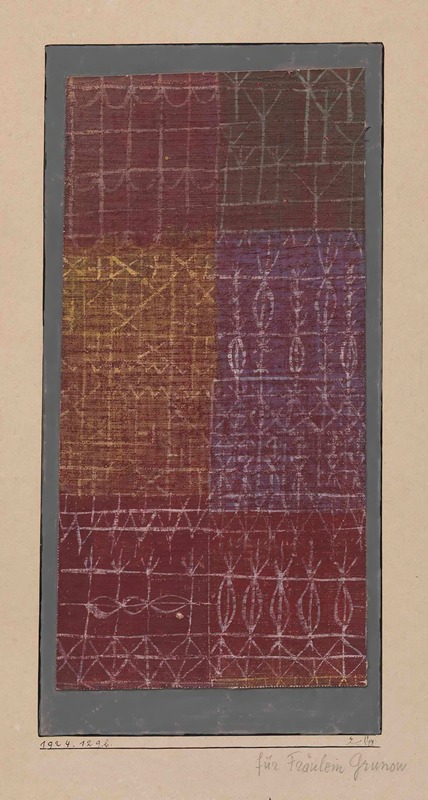
Curtain
A hand-painted replica of Paul Klee’s masterpiece Curtain, meticulously crafted by professional artists to capture the true essence of the original. Each piece is created with museum-quality canvas and rare mineral pigments, carefully painted by experienced artists with delicate brushstrokes and rich, layered colors to perfectly recreate the texture of the original artwork. Unlike machine-printed reproductions, this hand-painted version brings the painting to life, infused with the artist’s emotions and skill in every stroke. Whether for personal collection or home decoration, it instantly elevates the artistic atmosphere of any space.
Paul Klee's "Curtain" is a notable work by the Swiss-born artist, who is renowned for his unique style that blends elements of expressionism, cubism, and surrealism. Klee's work is characterized by its whimsical nature, vibrant color palette, and innovative use of line and form. "Curtain" is a testament to Klee's ability to merge abstract and figurative elements, creating a piece that is both visually engaging and thought-provoking.
Paul Klee was born on December 18, 1879, in Münchenbuchsee, Switzerland, and he spent much of his career exploring the interplay between color and form. His artistic journey was influenced by various movements and his personal experiences, including his time at the Bauhaus school, where he taught alongside other prominent artists like Wassily Kandinsky. Klee's work often reflects his interest in music, nature, and the subconscious, which are evident in the playful yet structured compositions he created.
"Curtain" exemplifies Klee's exploration of abstraction and his fascination with theatrical motifs. The painting features a series of geometric shapes and lines that suggest the folds and drapes of a curtain, inviting viewers to consider what might lie beyond. The use of color in "Curtain" is particularly striking, with Klee employing a range of hues to create depth and movement within the composition. This use of color is a hallmark of Klee's work, as he believed that color could convey emotion and meaning beyond the literal representation of objects.
Throughout his career, Klee was deeply influenced by his travels and the various cultures he encountered. His visits to Tunisia, Egypt, and Italy, among other places, enriched his understanding of color and form, which he incorporated into his work. "Curtain" reflects this synthesis of influences, as it combines elements of Western art traditions with a more abstract, universal language of shapes and colors.
Klee's work, including "Curtain," is often seen as a bridge between the representational art of the 19th century and the more abstract movements that dominated the 20th century. His ability to distill complex ideas into simple forms and colors has made his work enduringly popular and influential. "Curtain" is a prime example of Klee's skill in creating compositions that are both accessible and intellectually stimulating, encouraging viewers to engage with the artwork on multiple levels.
Paul Klee passed away on June 29, 1940, but his legacy continues to influence artists and art lovers around the world. His innovative approach to art-making and his ability to convey profound ideas through simple means have cemented his place as one of the most important artists of the 20th century. "Curtain" remains a significant piece within Klee's oeuvre, illustrating his mastery of color, form, and abstraction.
In summary, "Curtain" by Paul Klee is a work that encapsulates the artist's unique vision and his contributions to modern art. Through its abstract representation of a curtain, the painting invites viewers to explore the interplay of color and form, reflecting Klee's belief in the power of art to transcend the ordinary and evoke the imagination.





